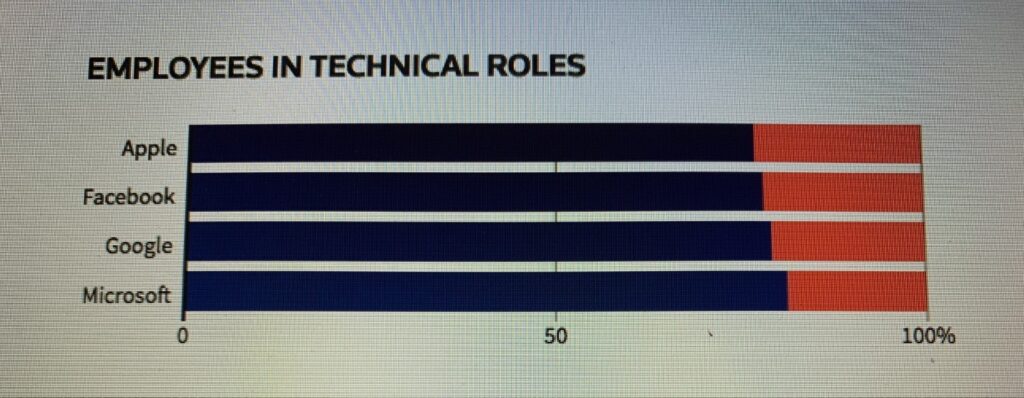
I still remember when I saw a computer for the first time in my life. I was in class 4. Everyone used to talk about it. People described it in many ways. Some used to resemble it with a TV, and some named it a box-like machine. I was really excited to see it. Frankly speaking, as a kid I had no idea that it was such a marvelous invention. We were offered a computer course during summer vacation. I was so excited to join that course that I refused to go with my siblings to my granny’s place for the holidays. Tell you what, that course was all about typing and painting. There was no internet at our school during that time, but you cannot imagine how excited the girls were to attend that course. It is the same time when MediaMOO was getting hype and computer was gaining momentum in my home country.

After going through the first chapter, I can realize that some countries like mine are almost half a century behind in building online communities. This is the first time ever that I have heard of MediaMOO. The progress and decline that it faces are relatable to any invention and how it loses value with the passage of time. It will not be wrong to say that platforms like MediaMOO do not really lose value, they just take different shapes with more possibilities and offerings. The reasons for MediaMOO’s decline are understandable. Loss of leadership, people leaving groups and forming their own, change in audiences’ preferences, and technical obsolescence were the causes of its decline. The ideas shared at the end are smart remedies to build MediaMOO on new grounds.

While going through this chapter, I recalled an article about less representation of women in STEM fields. The name of the article is Amazon Scraps Secret AI Recruiting Tool That Showed Bias Against Women, written by Dustin J. Women possess immense potential regarding STEM careers, but they are not offered as many opportunities in these fields as men are. Even the biggest brands are practicing the same bias. The following chart from Dustin J’s article (2018) shows this discrimination well. The blue color shows male participation and red indicates women’s part.

Another example can be extracted from a video presentation named Thinking about Making in Eyeo Talk show and Leah Buechley is the presenter. The second chapter is an interesting journey of young girls which was full of transformative steps. First, the increase in their interest in MOO is well presented. Second, their anxiety related to technology started decreasing once they showed tremendous interest in interactive sessions through virtual learning. Third and most important, they started developing their technical skills. This chapter is an inspirational story to promote learning via virtual communities. I am glad that we see a lot of women working for various online communities but still, they have genuine concerns which need attention.

Finally, the Math Forum is another brilliant source of community building. It is “a unique group of individuals who are committed to using computers and the Internet to enhance what they know about learning, teaching, and doing mathematics” (Renninger and Shumar, 2002) Like other learning and teaching based communities, this community is also an amalgamation of interaction, assistance, making, communication, guidance, feedback, creativity, problem-solving, collaboration and much more. One of the good things about this community is that teachers treat students as their colleagues or team members and let them explore more than one specific solution for a problem. They are not judgmental and let students explore wider horizons through their imagination and ideas. Lastly, sharing and interaction are the strongest pillars of online communities. It was an interesting set of reads this week. I especially enjoyed reading about the participation of young girls in virtual communities like MOO. For me all these communities are new. It was nice getting familiar with them.
References:
Dustin, J. (2018). Amazon scraps secret AI recruiting tool that showed bias against women| Reuters. Hentet fra https://www. reuters. com/article/us-amazon-com-jobs-automation-insight/amazon-scraps-secret-ai-recruiting-tool-that-showed-bias-against-women-idUSKCN1MK08G.
Renninger, K. A., & Shumar, W. (2002). Community building with and for teachers at the Math Forum. Building virtual communities: Learning and change in cyberspace, 129, 158.
Ellen Deal
January 27, 2022 — 11:33 pm
Hello Nida! I loved reading your blog post for these readings. Your bit about seeing a computer for the first time made me smile. I loved to type and paint on my first computer, too! Seeing the charts you shared about the percentages between men and women participants in big technology companies. It is so sad, but so true. Aside from our chapter told us, do you think there are any other underlying factors that might keep women from joining the technology world, or do you think the article hit it pretty spot on?
Nida Khan
February 1, 2022 — 6:48 pm
Hello Ellen!
Thank you so much for your lovely appreciation. It is true that women still are struggling for their due position not only in STEM fields but in all areas of their lives. As far as your question is concerned, I think there are many factors that keep women away from joining technological means. First of all the false belief that women are not that smart and intelligent as men are plays a havoc in women’s lives since they start getting sense of the world. Second, women are considered to be more of family making members of society. They always carry this burden in almost all cultures that their prior responsibility is to take care of the family. What do they have to do with the technology? (This happens mostly in my culture). Third unfortunate factor is that men in many societies cannot see a woman progressing. They adopt several mean ways to let successful and intelligent women down. Fourth, there are many places where even female authorities don’t hire women because they feel that men are smarter and have less family responsibilities, so they can be more useful instead of women. I am sorry if I am too bold to express my thoughts on this topic but I have seen it happening many times. I am not pointing out any culture. It is a sad situation for women all over the world. Some suffer less, some face more hardships. I hope I did not complicate my answer, Ellen. Please share your own views as well. Thank you.
Kaylee McKinney
January 30, 2022 — 1:35 am
Nida,
I really enjoyed reading your post! I liked the graphic you used to represent the statistical difference in gender within technology careers. I agree that all technological careers hire with bias, and we are not even considering racial bias at this point.
Thanks!
Kaylee McKinney
Nida Khan
February 1, 2022 — 6:50 pm
Hey Kaylee!
Thank you for responding to my post. I agree with you on bias against women. You raised this issue in the class beautifully through your own life’s examples. Thank you for sharing that.